From Myanmar to Cambodia: One Student's International Education in Conservation
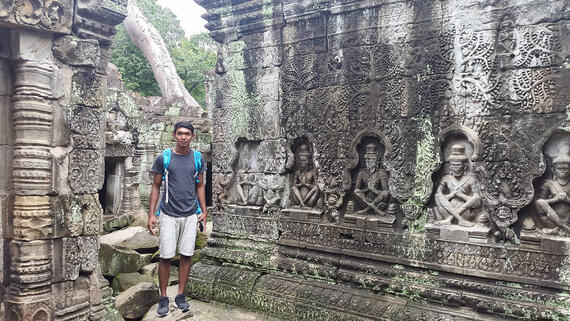
Last year Technological University of Mandalay professor and architect Dr. Zar Chi Min sent us a message. It said we would have a special seminar discussion to talk about the Shwe-nandaw Kyaung (SNDK) conservation project. I was very interested and joined. A tall person entered the room—it was Jeff Allen, WMF’s project manager, and he eagerly explained to us every detail of the SNDK project. After his talk we didn't wait long to ask our teacher, "can we work with WMF?" Smiling, our teacher said, "of course." As this was our first professional partnership, we tried hard to know not only how to do the work, but also understand why we were doing it.
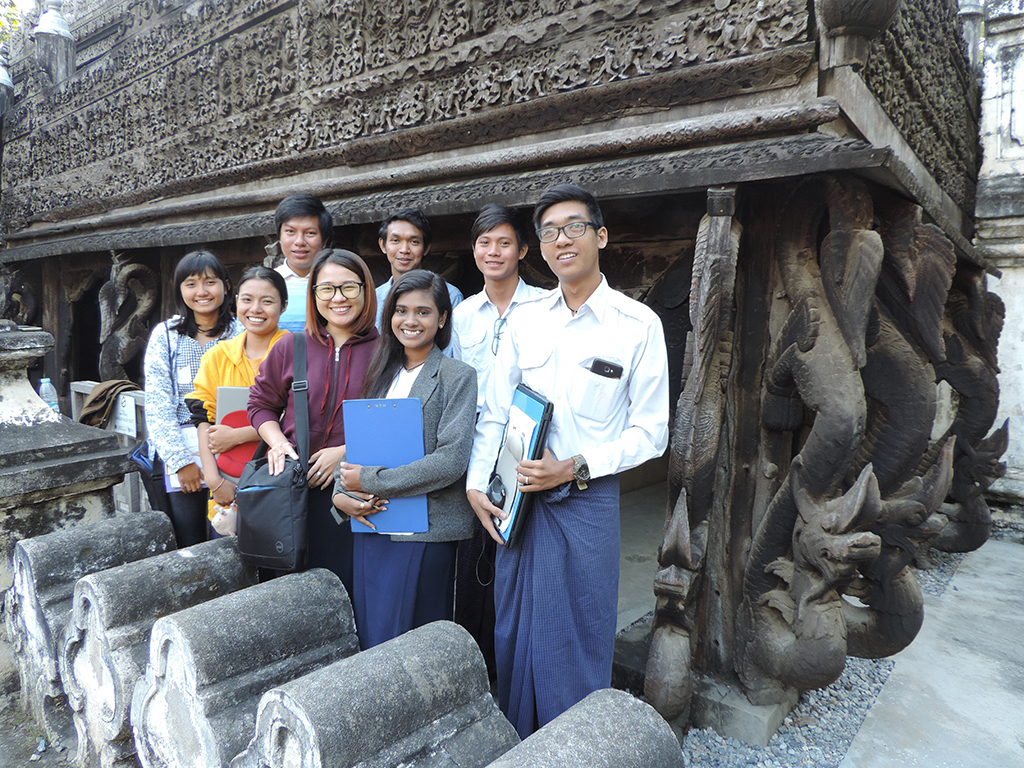
The process began with each of us learning how to make measured hand-drawings of the nayars on grid paper. Nayars are the dragon-like serpent teak wood sculptures attached to every exterior veranda teak column. Next, World Monuments Fund engineer Thandar Phyo explained how to assess and record the nayars’ condition on the AutoCAD drawings we created from our sketches. Once we had learned about their condition, and reasons for their decay, WMF conservator Urszula Strugala provided training in how to clean them. We practiced on test wood applying biocide to remove fungus and molds, and then repeated the process on the nayar, learning also the patient process of cleaning off decades of earth, oil, and dirt. Often wearing masks like surgeons, we used different kinds of brushes and dental and surgical tools, mainly blunted scalpels, to carefully remove more than 150 years of grime.
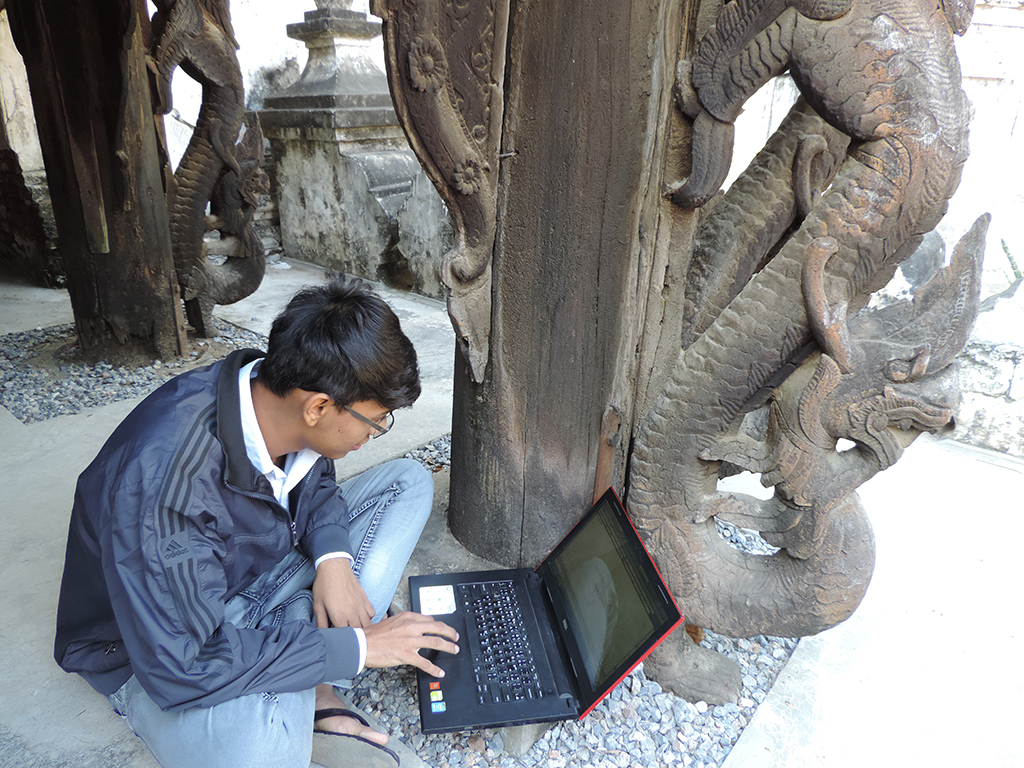
Nine months later, we had a new WMF opportunity—this time to apply our Shwe-nandaw Kyaung knowledge to different materials, brick, and sandstone architecture at World Monuments Fund’s projects at Ayutthaya, Thailand and Angkor, Cambodia. Arriving at Bangkok’s airport, we were welcomed by Jeff Allen, who explained our agenda for the trip.
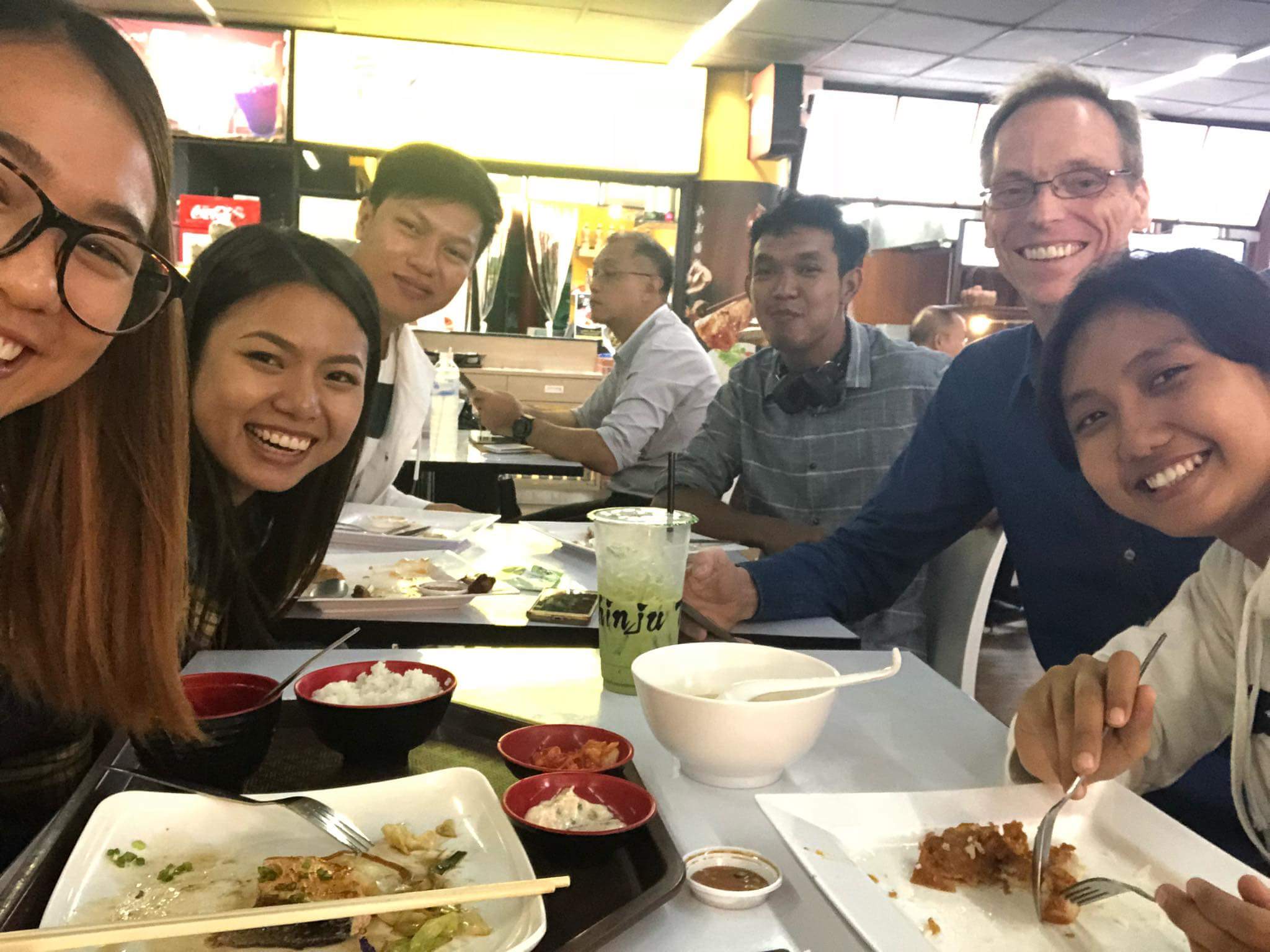
The field trip started with similar condition assessment recording of one of Wat Chaiwatthanaram’s conical meru towers. We already had some experience with this work on the nayars, but this was a little different; rather than working from the ground, we had to scale up twelve stories of scaffolding!
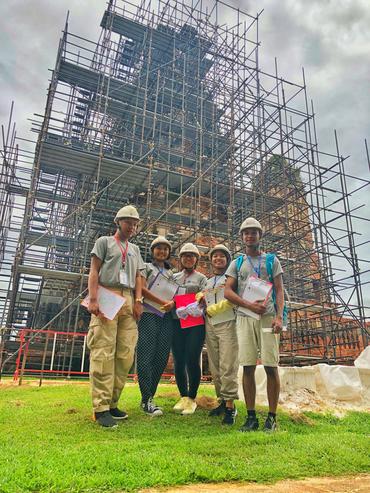
WMF’s Wat Chaiwatthanaram team and their partners the Fine Arts Department of Thailand welcomed us kindly. That was one of the reasons why our work went so well. At one time Ayutthaya was the largest city in the world with about one million inhabitants. Thanks to WMF conservator Josephine D’Ilario we gained a lot of experience in the brick conservation process. Engineer Thandar Phyo, who attended similar hands-on training both at Shwe-nandaw Kyaung and Wat Chaiwatthanaram, was also there for guidance.
After a week at Ayutthaya we departed for Siem Reap, Cambodia. There we experienced how the Khmer built huge sandstone structures, beautifully decorated with stone sculptures. Seeing a ruined city of this size allowed us to understand different preservation issues and approaches undertaken by many international missions. At WMF’s projects at Preah Khan and Phnom Bakheng, architect Cheam Phally and engineer Chiv Phirum arranged visits with project staff. Angkor provided us new conservation challenges that expanded our understanding.
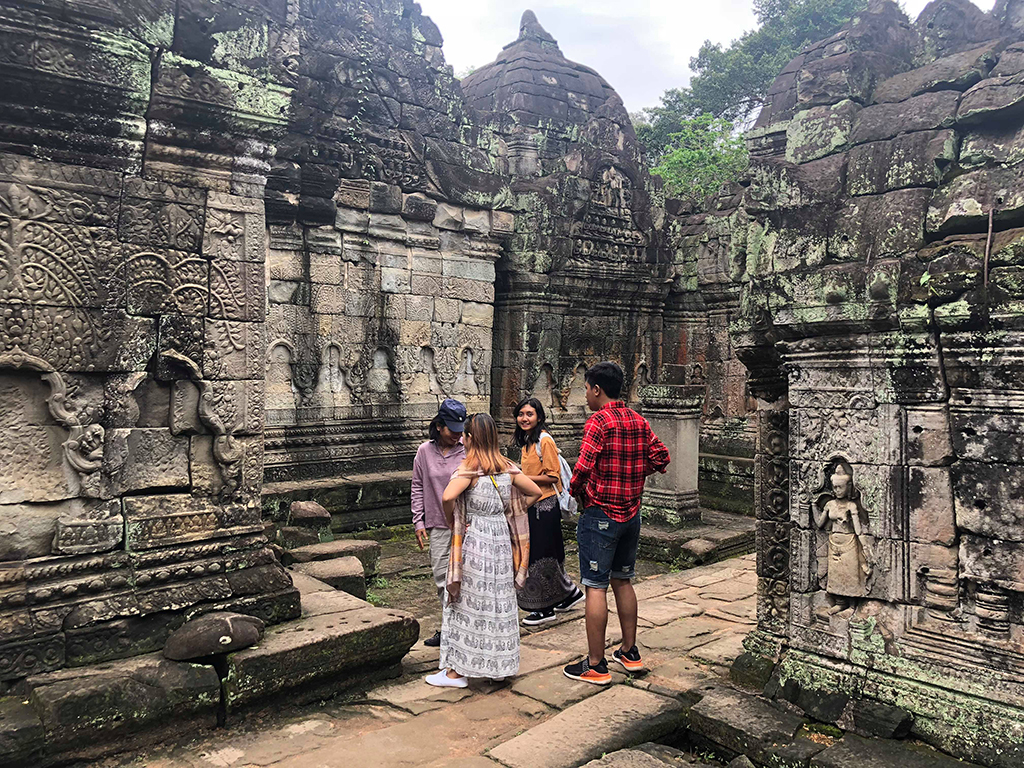
First there were the preservation tasks of wood architecture at Shwe-nandaw Kyaung; then conserving Wat Chaiwatthanaram’s plaster-covered brick masonry ruined monuments; and finally a third kind of challenge at WMF’s Angkor projects primarily saving stone monuments. Although the trip was short, my group of young architects created unforgettable memories.
